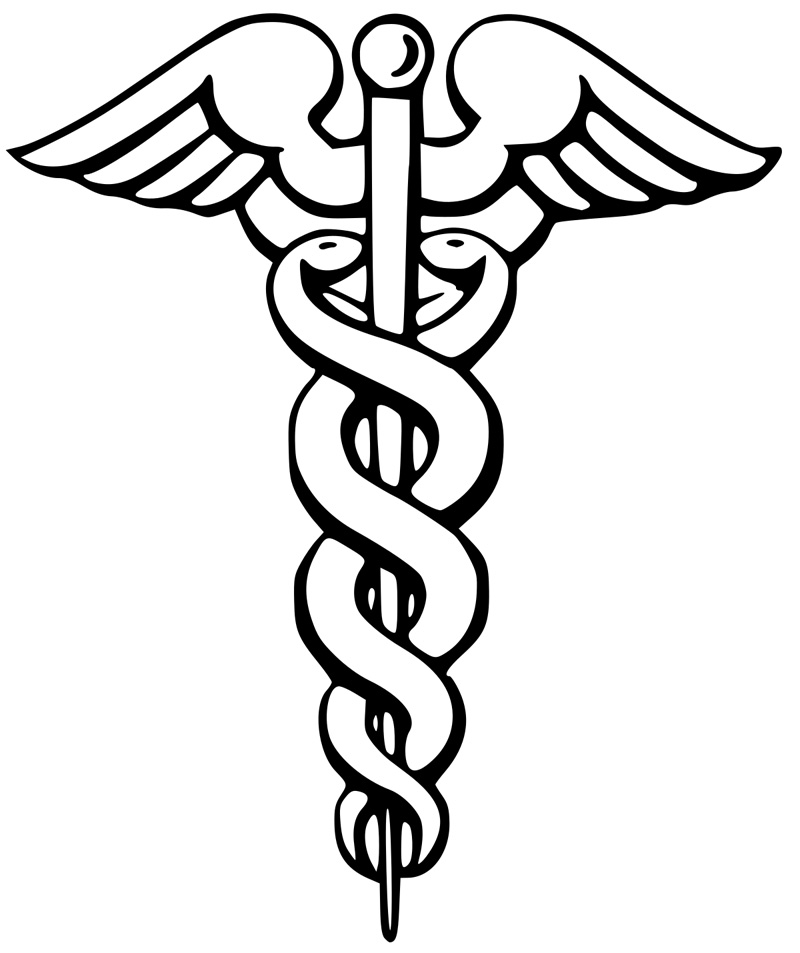Closer Look: Clark in middle of Ky. counties in new health results
Published 10:12 am Monday, March 25, 2019
According to a recent report, Kentucky ranks among the top 50 counties in Kentucky for health outcomes and among the top 20 for health factors.
While Clark County showed minuscule changes in more than four dozen measures of health in the community from 2018, the community saw notable increases in the overall ranking in the County Health Rankings Report released Monday.
The rankings measure health outcomes, gauged by life expectancy and measures of quality of life; and health factors, such as access to physicians and areas to exercise, tobacco use, children living in poverty, violent crime, long commutes and other environmental factors.
Trending
According to the report released Monday, Clark County ranks 48th for health outcomes out of Kentucky’s 120 counties, up from 51st in 2018, and 14th for health factors, up from 24th in 2018.
In 2017, Clark County ranked 24th in health factors and 53rd in health outcomes, showing improvement over the last three years of the report, which comes from the Robert Wood Johnson Foundation and the University of Wisconsin Population Health Institute.
Additionally, Clark County, which has a population of 36,046, ranked 15th for health behaviors, 21st for clinical care, 24th for social and economic factors and 26th for physical environment.
Top five ranked counties are Oldham, Boone, Shelby, Spencer and Calloway. Owsley, Perry, Breathitt, Bell and McCreary counties rank in the bottom five.
In surrounding counties, Madison ranks 36th, Montgomery ranks 70th, Powell ranks 105th, Estill 100th, Bourbon was 45th and Fayette leads the region at 10th.
County demographics
Trending
Included in the report are demographics for the community, including our population of 36,046.
Of that population, 22.6 percent are younger than 18 and 17.4 percent are older than 65.
In the community, 48 percent are African-American and 2.8 percent are hispanic, with 90.4 percent to of the community being non-hispanic white.
Only 1 percent of the population is consider not proficient in English.
There is an even split of 50.9 percent female and 49.1 percent male population.
And 27.5 percent of the population lives in rural areas of the community.
Health outcomes
Health outcomes include information length of life, gauged by the number of premature deaths, and quality of life, measured by percent of population considered in poor or fair health, the number of poor physical and mental health days and more.
Premature death is measured by the years of potential life lost before age 75 per 100,000 population. In Clark County, 10,100 years of potential life were lost annually on average from 2011-17, a marked increase from the 2018 report in which the rate at 9,800.
Nineteen percent of adults reported poor or fair health in 2017.
On average, Clark Countians reported 4.3 physically unhealthy days and 4.2 mentally unhealthy days in the past 30 days, according to data from 2016.
Additionally, 9 percent of all lives births had low birth weight between 2011-17.
Other health outcome data not included in the ranking but reported were:
— The average life expectancy in Clark County is 75.4
— Premature age-adjust mortality, which is measured as the number of deaths among residents under age 75 per 100,000 population, was 510
— The child mortality rate, which is measured as the number of deaths among children under age 18 per 100,000 population, is 30.
— 13 percent of adults report being in poor physical and/or mental health for 14 or more days per month, according to 2016 data.
— 13 percent of adults age 20 or older have been diagnosed with diabetes.
— 127 out of every 100,000 people 13 or older have been diagnosed with HIV
Health factors
Health factors are measured by health behaviors, such as smoking, obesity, inactivity and excessive drinking; clinical care, which includes access to physicians, dentists, mental health providers and insurance; social and economic factors like high school graduation rates, college attendance, unemployment and poverty rates; and physical environment, which includes air pollution, drinking water violations and housing problems.
In Clark County, 20 percent of adults are smokers and 33 percent are considered obese. Additionally, 28 percent report being physically inactive, measured by the number of adults who report no leisure-time physical activity. Clark County has seen improvement in rates of inactivity over the past 10 years according to the report. Part of that decline could be attributed to the fact 80 percent of residents report have adequate access to locations for physical activity, which might include a gym, walking trail, park or other amenity. Only 71 percent of people statewide reported having adequate access to such amenities.
Kentucky saw improvements in the rates of people who have health insurance and the ratios of primary care providers, dentists and mental health providers to the population. According to the report, only 5 percent to adults and 3 percent of children are uninsured in Clark County.
Other points of interest in this category included:
— 15 percent of adults report binge drinking or drinking excessively
— 6 percent of driving deaths involved alcohol, which is low compared to the state rate of 27 percent.
— There were 422.3 newly-diagnosed chlamydia cases per 100,000 population
— 45 of every 100,000 births were to women age 15 to 19.
— 14 percent of residents are food insecure
— 2 percent report having limited access to healthy foods.
— The graduation rate is 97 percent.
— 60 percent of residents have completed some level of college
— The unemployment rate is 4.7 percent
— 33 percent of children live in single-parent households.
— 14 percent of households report at least 1 of 4 housing problems: overcrowding, high housing costs, lack of kitchen facilities, or lack of plumbing facilities.








